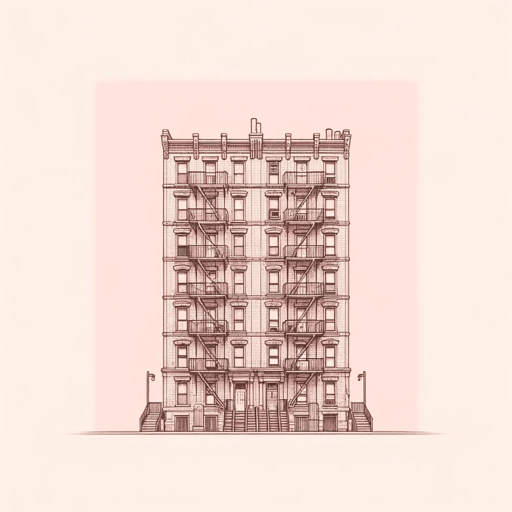47 pages • 1 hour read
Jacob RiisHow the Other Half Lives
Nonfiction | Book | Adult | Published in 1890A modern alternative to SparkNotes and CliffsNotes, SuperSummary offers high-quality Study Guides with detailed chapter summaries and analysis of major themes, characters, and more.
Chapter 3Chapter Summaries & Analyses
Chapter 3 Summary and Analysis: “The Mixed Crowd”
In the style of the era in which he lived, Riis uses generalizations and stereotypes to describe New York’s ethnic “mixture.” First, he identifies the actual communities, where he finds “an Italian, a German, a French, African, Spanish, Bohemian, Russian, Scandinavian, Jewish, and Chinese colony” (21). This is important because Riis later devotes entire chapters or parts of chapters to most of these groups in the tenements. Next, Riis characterizes the situation in the tenements as the “Irishman’s revenge” (22). The Anglo-Saxon Protestants who hated the Irish in the 1840s have either moved uptown, emigrated to the west, or been killed in the Civil War. Now, although large numbers of Irish tenants remain, the Irish are well represented among the landlords, the saloonkeepers, and in city politics. Riis expresses sympathy when writing of New York’s working impoverished in general, whom he likens to serfs enslaved by exorbitant rent. Nonetheless, he devotes nearly all of Chapter 3 to broad characterizations of ethnic groups, their communities, and the locations of those communities. To illustrate, Riis describes an imaginary map of New York City with each ethnic community represented by a particular color on the map: Irish green on the West side, German blue on the East, and Italian red “pushing the [… Black community] rapidly uptown” (25).

